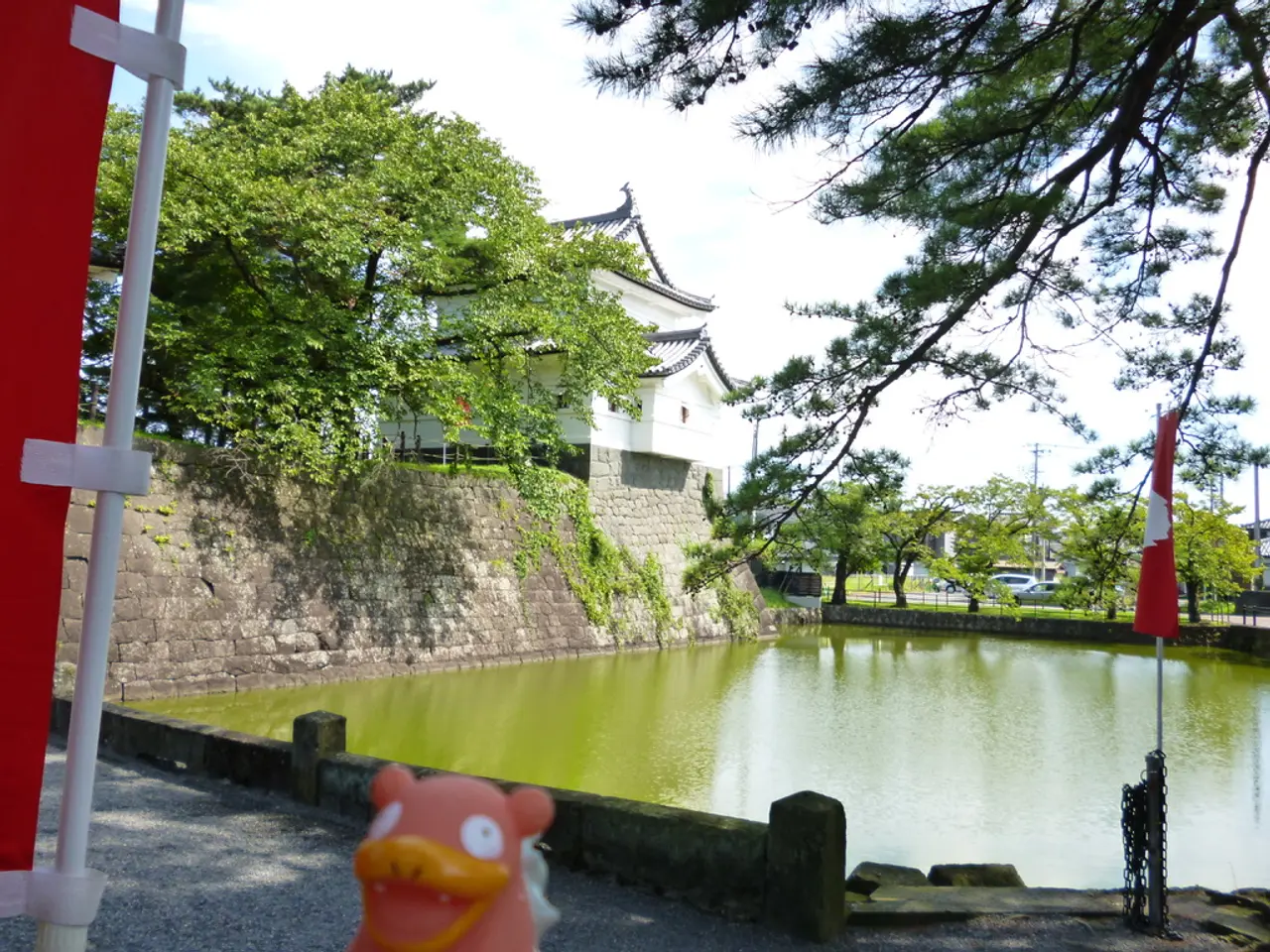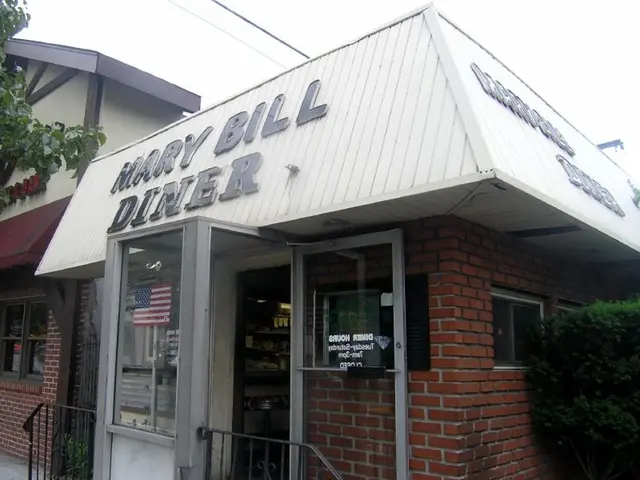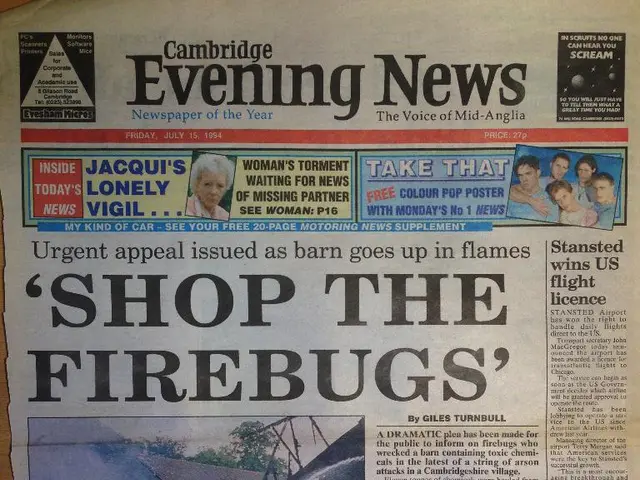Guide for beating the heat: "Directory of Shaded Locations" offers access to areas with ample shade for a relief from the summer heat
In response to the growing threat of heatwaves and their associated health risks, several cities around the globe are introducing innovative solutions to help citizens stay cool during the summer months. One such initiative is the Cool Spots Map, which has been in use in the city of Bergisch Gladbach, Germany, since 2023.
The Cool Spots Map is a digital interactive map that provides citizens with a wealth of information about cool spots in the city. These spots include family-friendly places, playgrounds, green areas with a pleasant atmosphere, and publicly accessible and shady areas, as well as fountains, water points, parks, and cool indoor spaces in buildings. The map is designed specifically to support elderly people, families with children, and those with pre-existing health conditions during hot weather.
The goal of the Cool Spots Map is to mitigate heat-related health risks and provide practical help in daily life during hot weather. The First Deputy Mayor, Ragnar Migenda, explained that the Cool Spots Map is a step towards a climate-adapted urban life.
Citizens are invited to supplement the map with more freely accessible cool spots in Bergisch Gladbach. This crowdsourcing element ensures that the map remains up-to-date and comprehensive. The Cool Spots Map is available on the city's website at https://www.ourwebsite.de/coolspots.
Researchers at the Max Planck Institute for Meteorology predict this year's summer could be a heatwave summer, making the Cool Spots Map an increasingly important resource for the city's residents.
Similar initiatives are being implemented in other cities worldwide. For example, Antwerp, Belgium, has created Cool Spots—small urban spaces with over 80% canopy cover, seating, drinking water, and shade. These are designed to be accessible within walking distance, especially benefiting vulnerable groups like children and the elderly. Antwerp's Cool Spots are part of a broader climate resilience strategy that includes heat mapping and scientific indicators to prioritize locations.
New York City, USA, offers an interactive cooling centers map that locates public facilities equipped with air conditioning, including libraries, senior centers, schools, and community hubs across all boroughs. The map is updated daily and can be filtered by accessibility and pet policies. NYC also promotes public pools, shaded parks, and "Cool Streets," and offers a HEAP Cooling Assistance benefit for free air conditioners or fans.
These examples show two complementary approaches to heat risk mitigation. Antwerp emphasizes urban greening and shaded outdoor spaces as cool retreats, while New York City focuses on access to air-conditioned indoor public spaces through an interactive map, ensuring equitable access during extreme heat events. Both utilize maps or digital tools to help residents locate safe cooling areas efficiently.
As heat alerts and temperatures rise across many European countries, targeted mapping of cooling resources is a critical urban health measure to prevent heat-related illnesses and deaths. By providing citizens with easy access to information about cool spots in their cities, initiatives like the Cool Spots Map are helping to create more climate-resilient urban environments.
[1] City of Antwerp, (2021). Cool Spots. Retrieved from https://www.stadantwerpen.be/nl/coolspots [2] City of New York, (2021). Cooling Centers. Retrieved from https://www1.nyc.gov/site/om/services/cooling-centers-hot-weather.page
- To combat heat-related health risks exacerbated by climate change, the field of environmental science is playing a critical role in proposing solutions, such as the Cool Spots Map in Bergisch Gladbach, Germany.
- For those seeking a healthier and more sustainable lifestyle, home and garden practices incorporating eco-friendly techniques and sustainable living principles can offer ways to mitigate climate change effects, like heatwaves, on one's personal well-being.
- By addressing heat-related health risks and offering practical solutions during warmer months, the fusion of science, health-and-wellness, and fitness-and-exercise concepts becomes increasingly vital in fostering a climate-adapted urban life.
- Beyond the Cool Spots Map, numerous cities across the globe are embracing a multi-faceted approach to thrive in the face of climate change, often combining urban greening and shaded outdoor spaces with increased access to air-conditioned indoor public spaces, creating a harmonious blend of lifestyle, environmental-science, and home-and-garden initiatives.




